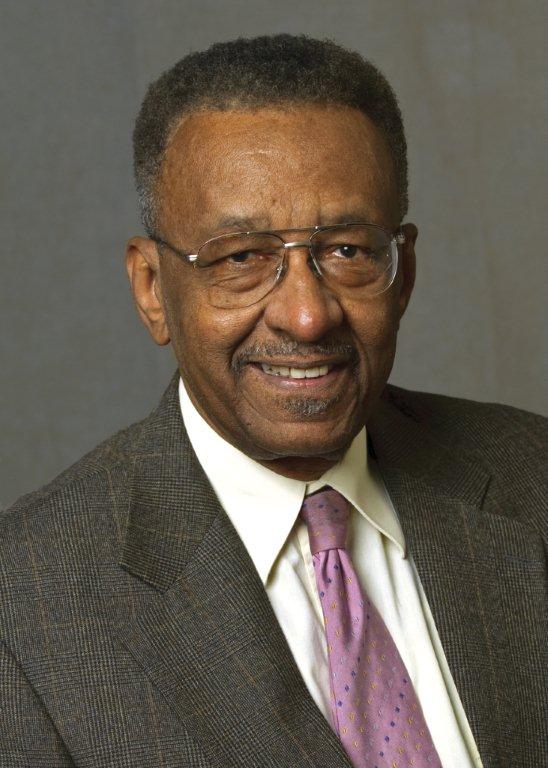Last year, among the nation’s 10 largest cities, Philadelphia had the highest murder rate with 406 victims. This year could easily top last year’s with 240 murders so far.
Other cities such as Baltimore, Detroit and Washington, D.C., with large black populations, experience the nation’s highest rates of murder and violent crime. This high murder rate is, and has been, predominantly a black problem.
According to Bureau of Justice statistics, between 1976 and 2005, blacks, while 13 percent of the population, committed over 52 percent of the nation’s homicides and were 46 percent of the homicide victims. Ninety-four percent of black homicide victims had a black person as their murderer.
Blacks are not only the major victims of homicide; blacks suffer high rates of all categories of serious violent crime, and another black is most often the perpetrator.
Liberals and their political allies say the problem is the easy accessibility of guns and greater gun control is the solution. That has to be nonsense. Guns do not commit crimes; people do.
Up through 1979, the FBI reported homicide arrests sorted by racial breakdowns that included Japanese. Between 1976 and 1978, 21 of 48,695 arrests for murder and non-negligent manslaughter were Japanese-Americans. That translates to an annual murder rate of 1 per 100,000 of the Japanese-American population. Would anyone advance the argument that the reason why homicide is virtually nonexistent among Japanese-Americans is because they can’t find guns?
The high victimization rate experienced by the overwhelmingly law-abiding black community is mostly the result of predators not having to pay a heavy enough price for their behavior. They benefit from all kinds of asinine excuses, such as poverty, racial discrimination and few employment opportunities.
During the 1940s and ’50s, I grew up in North Philadelphia where many of today’s murders occur. It was a time when blacks were much poorer, there was far more racial discrimination, and fewer employment opportunities and other opportunities for upward socioeconomic mobility were available.
There was nowhere near the level of crime and wanton destruction that exists today. Behavior accepted today wasn’t accepted then by either black adults or policemen.
Police authorities often know who are the local criminals and drug lords and where crack houses are located; however, various legal technicalities hamper their ability to make arrests and raids. Law-abiding citizens are often afraid to assist police or testify against criminals for fear of retaliation that can include murder. The level of criminal activity not only puts residents in physical jeopardy but represents a heavy tax on people least able to bear it. That heavy tax includes higher prices for goods and services and fewer shopping opportunities because supermarkets and other large retailers are reluctant to bear the costs of doing business in high-crime areas.
So here’s the question: Should black people accept government’s dereliction of its first basic function, that of providing protection? My answer is no. One of our basic rights is the right to defend oneself against predators. If the government can’t or won’t protect people, people have a right to protect themselves.
You say, “Hey, Williams, you’re not talking about vigilantism, are you?” Yes, I am. Webster’s Dictionary defines vigilantism as: a volunteer committee organized to suppress and punish crime summarily as when the processes of law are viewed as inadequate.
Example: A number of years ago, Black Muslims began to patrol Mayfair, a drug-infested, gang-ridden Washington, D.C., housing project. The gangs and drug lords left, probably because the Black Muslims didn’t feel obliged to issue Miranda warnings. Black men should set up neighborhood patrols, armed if necessary, and if politicians and police don’t like it, they should do their jobs. No one should have to live in daily fear for their lives and safety.
Walter E. Williams is a professor of economics at George Mason University. To find out more about Walter E. Williams and read features by other Creators Syndicate writers and cartoonists, visit the Creators Syndicate Web page at www.creators.com.
COPYRIGHT 2007 CREATORS SYNDICATE, INC.
